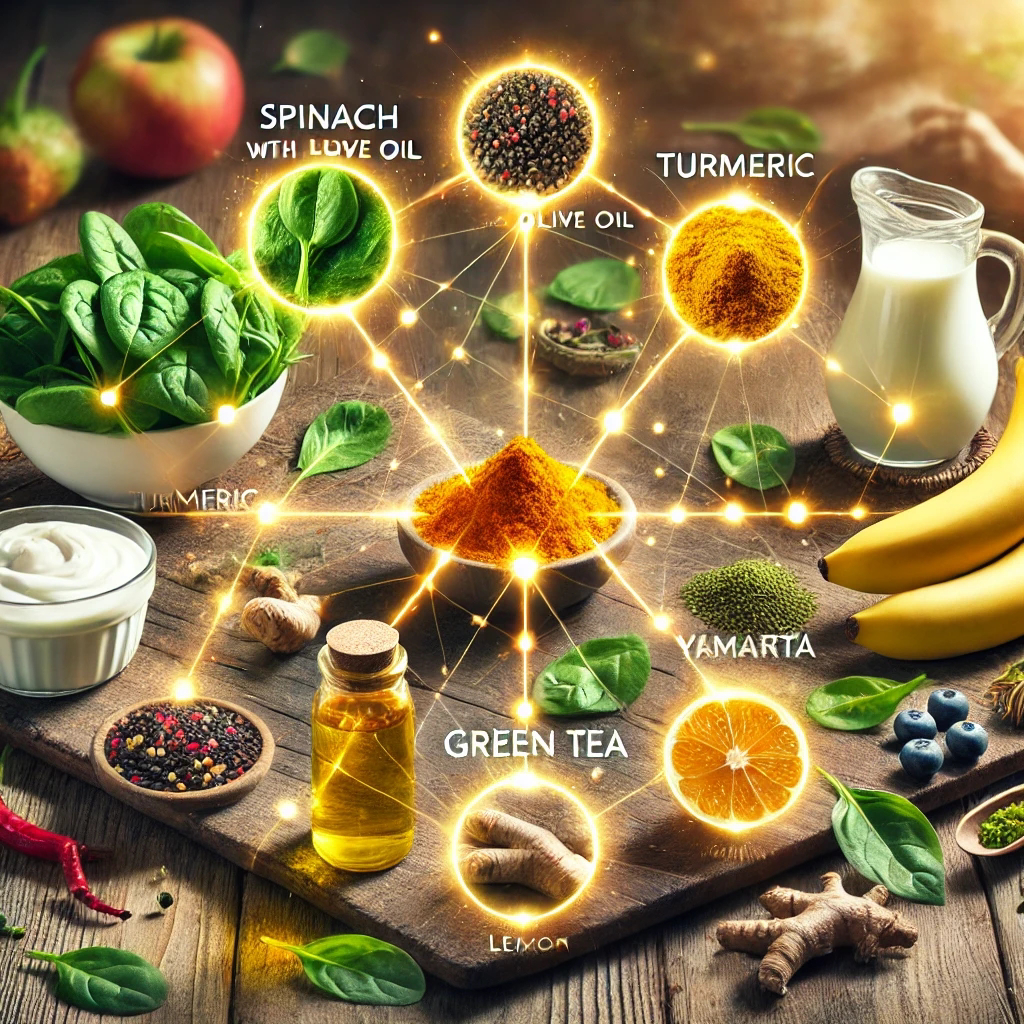Introduction
When we think about strength training, we often picture lifting weights or doing dynamic movements like squats and push-ups. But what if you could build strength without even moving? Isometric exercises are a powerful yet underrated way to improve muscle endurance, stability, and overall fitness without straining your joints.
In this article, we’ll explore:
- What isometric exercises are
- Their benefits
- How they compare to traditional workouts
- The best isometric exercises for different muscle groups
- How to incorporate them into your fitness routine
What Are Isometric Exercises?
Isometric exercises involve muscle contraction without movement. Unlike traditional exercises where muscles lengthen or shorten (like in squats or bicep curls), isometric exercises require holding a position for a certain period.
Examples of isometric exercises:
- Planks (core)
- Wall sits (legs)
- Isometric push-ups (chest & arms)
- Glute bridges (lower body)
- Isometric bicep holds (arms)
These exercises focus on maintaining tension in muscles, helping to increase endurance and strength over time.
Benefits of Isometric Exercises
✅ Improves Strength & Endurance
Isometric exercises help build muscle endurance by forcing muscles to sustain contraction for longer periods. This improves stamina and resistance to fatigue.
✅ Protects Joints & Prevents Injuries
Since isometric exercises don’t require movement, they reduce strain on joints while still activating muscles. This makes them ideal for rehabilitation and injury prevention.
✅ Enhances Stability & Core Strength
Many isometric exercises engage the core muscles, improving balance, posture, and overall stability. Athletes and fitness enthusiasts use isometrics to strengthen their foundation.
✅ Activates More Muscle Fibers
Holding a position under tension activates deep muscle fibers that are often neglected in traditional workouts, leading to better muscle activation and growth.
✅ Great for Any Fitness Level
Whether you’re a beginner, recovering from an injury, or an advanced athlete, isometric exercises can be modified to suit your fitness level.
✅ Can Be Done Anywhere, Anytime
No equipment? No problem! Isometric exercises rely on body weight and require minimal space, making them perfect for home workouts, office breaks, or travel routines.
Isometric vs. Traditional Strength Training
Both types of training are beneficial, and combining them can lead to better strength, endurance, and overall fitness.
Best Isometric Exercises for Different Muscle Groups
1. Core & Abs
- Plank – Hold for 30-60 seconds.
- Hollow Body Hold – Lie on your back, lift legs and arms, engage core.
2. Legs & Glutes
- Wall Sit – Sit against a wall at a 90-degree angle, hold for 30-60 seconds.
- Glute Bridge Hold – Lift hips off the ground, squeeze glutes.
3. Chest & Arms
- Isometric Push-Up Hold – Hold in the middle of a push-up position.
- Bicep Hold – Hold a weight at 90-degree arm flexion.
4. Back & Shoulders
- Superman Hold – Lie on stomach, lift arms and legs off the ground.
- Isometric Shoulder Raise – Hold arms extended at shoulder height.
How to Incorporate Isometrics Into Your Routine
- Start with 30-second holds, then gradually increase to 60+ seconds.
- Combine with dynamic exercises for a balanced workout.
- Repeat each hold 2-3 times for maximum effect.
- Use isometrics on rest days to maintain muscle engagement without fatigue.
Final Thoughts
Isometric exercises are a simple yet powerful way to build strength, improve endurance, and protect joints without requiring heavy equipment or complex movements. Whether you’re a beginner or an advanced athlete, adding isometric holds to your routine can enhance your overall fitness in just a few minutes a day.
Want to take it up a notch? Try progressive overload by increasing hold times, adding resistance (like weights or resistance bands), or performing these exercises after a dynamic workout.
Customized Isometric Workout Plan
This plan is tailored to help you build strength, endurance, and stability using isometric exercises. It includes beginner, intermediate, and advanced levels, so you can progress at your own pace.
How to Use This Plan:
- Perform each exercise 2-3 times a week.
- Hold each position for the recommended time.
- Rest for 30-45 seconds between exercises.
- Increase hold time as you get stronger.
- Combine with dynamic exercises for a balanced routine.
Beginner Level (Total Time: 10-15 mins)
Goal: Build a foundation, strengthen muscles, and improve endurance.
1️⃣ Plank – 3 sets x 20-30 sec
2️⃣ Wall Sit – 3 sets x 20-30 sec
3️⃣ Glute Bridge Hold – 3 sets x 20 sec
4️⃣ Isometric Push-Up Hold – 3 sets x 10-15 sec
5️⃣ Superman Hold – 3 sets x 20 sec
📌 Tip: Focus on maintaining proper posture and breathing steadily.
Intermediate Level (Total Time: 15-20 mins)
Goal: Increase endurance, target deeper muscle activation.
1️⃣ Plank with Leg Lift – 3 sets x 30 sec
2️⃣ Wall Sit with Arm Raise – 3 sets x 30 sec
3️⃣ Glute Bridge Hold with Squeeze – 3 sets x 30 sec
4️⃣ Isometric Push-Up Hold (Lower Position) – 3 sets x 20 sec
5️⃣ Superman Hold with Arm Pulse – 3 sets x 30 sec
6️⃣ Bicep Hold (With Weight or Resistance Band) – 3 sets x 20 sec
📌 Tip: Try progressive overload by increasing hold time weekly.
Advanced Level (Total Time: 20-30 mins)
Goal: Maximize muscle activation, endurance, and strength.
1️⃣ Plank (Weighted or 1-Arm Plank) – 3 sets x 45 sec
2️⃣ Wall Sit (Hold Dumbbells or Kettlebell) – 3 sets x 45 sec
3️⃣ Glute Bridge Hold with Resistance Band – 3 sets x 40 sec
4️⃣ Isometric Push-Up Hold (Very Low Position) – 3 sets x 30 sec
5️⃣ Superman Hold with Resistance – 3 sets x 40 sec
6️⃣ Bicep Hold (Heavier Weight) – 3 sets x 30 sec
7️⃣ Isometric Shoulder Raise (Hold Dumbbells) – 3 sets x 30 sec
📌 Tip: Engage your core and control your breathing to maintain endurance.
Bonus: Challenge Progression
🔥 Week 1-2: Follow the plan as outlined.
🔥 Week 3-4: Add 10-15 sec to each hold.
🔥 Week 5+: Add resistance (weights/bands) or perform single-limb variations.
Final Thoughts
Isometric training is highly effective for strength, endurance, and injury prevention. Whether you’re just starting or want to challenge your muscles differently, this plan will help you get stronger without stressing your joints.































